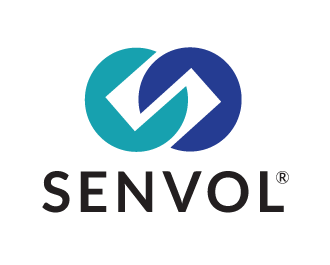Senvol Database: Machine Search // Materials Search // FAQ
Below are some frequently asked questions. We are very open to feedback and genuinely would love to hear from you. If you have any additional questions, comments, or ideas on how to improve the Senvol Database, please email us at database@senvol.com.
Sign up for our newsletter to receive updates on the Senvol Database by Newsletter
Why did Senvol develop the Senvol Database?
We initially had developed the database as an internal tool for Senvol. For client projects, we frequently found ourselves asking questions such as “Which machines take titanium?” or “Which polymers have a tensile strength of at least 50 MPa?” There was no easy way to find answers to these questions, however, and we were tired of sifting through hundreds of pages of spec sheets! As a result, we created the Senvol Database to solve this problem.
Once the database was completed, we quickly realized that it was quite powerful and that it could be of great value to the entire industry. With that in mind, we put the Senvol Database on our website so that everyone can use it. We hope that you enjoy it, and as always, if you have any comments, suggestions, or ideas, please email us at database@senvol.com to let us know!
What types of machines and materials are listed in the Senvol Database?
The database includes all industrial (i.e. professional-grade) additive manufacturing machines and materials. The database does not include desktop machines or materials.
I noticed that the database is missing some machines and materials. Why is that?
Some manufacturers have not published spec sheets for their machines and/or materials, and we require a spec sheet in order to be listed in the Senvol Database.
Have we missed something? Please let us know! Email us at database@senvol.com if there is a machine or material (with a spec sheet) that we’ve missed and we’ll be sure to add it right away.
Why are some fields blank on the results page?
Blank fields can either mean that the particular field is not applicable for that search result, or it can mean that the information was not reported by the manufacturer.
Why are some machines and materials listed more than once on the results page?
Some machines have multiple settings or parameters that can be selected from. For example, if a particular machine can use either a 200W laser or a 400W laser, then that machine will show up twice in the results page – once with the 200W laser, and once with the 400W laser.
For materials, some manufacturers report two sets of material properties – one set for the material after it has been post-processed, and one set if it has not been post-processed. In these cases, the material will show up twice in the results page – once for post-processed material properties, and once for non-post-processed material properties.
For some material property results, I noticed that the same number is listed for both the “Min” and the “Max.” Why is that?
Some manufacturers only report one number for some of their material properties (as opposed to reporting a minimum and a maximum). In these cases, the single reported number will appear as both the “Min” and the “Max.”
What does “machine price” include?
“Machine price” refers to the retail price of the machine, as reported by the manufacturer, and does not include the price of any ancillary equipment, upgrades, or optional add-ons.
Warranty and Disclaimer: The information contained in the Senvol Database is as-reported by the machine and material manufacturers. The performance characteristics of the machines and materials may vary according to product application, operating conditions, material combined with, or with end use. Senvol makes no warranties of any type, express or implied, including, but not limited to, the warranties of merchantability or fitness for a particular use. Senvol is not liable for the accuracy of the information contained within this database. Please consult directly with the relevant machine and/or material manufacturers before determining fitness for a particular use.
